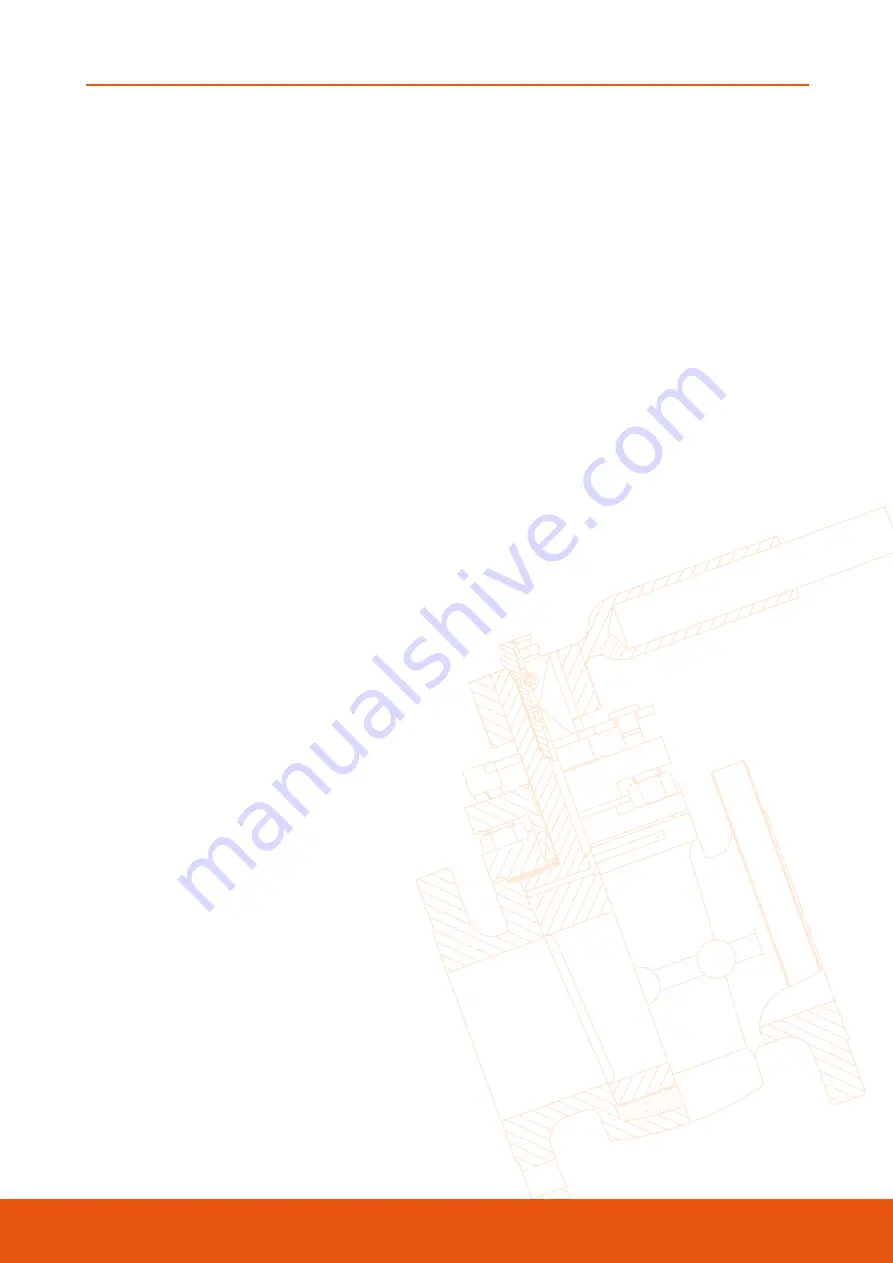
Australian Pipeline Valve - Installation, Operation and Maintenance Manual
5
LUBRICATED PLUG VALVES - SAPM/SAPL
FIRE SAFETY
The term “firesafe” is nebulous and should not be used without an accompanying specification of what
exactly may be required. For example there may be a requirement for a specific test, or for limitations on
the failure mode of the valve to be identified.
Examples include:
• Gross valve pressure boundary leakage caused by the destruction of elastomeric or polymeric
materials.
• Leakage greater than a specific rate when the valve is closed caused by destruction of elastomeric or
polymeric.
• Uncontrolled build up of pressure in the body cavity of a double-seated valve causing external heating
of the valve.
PRESSURE BUILD-UP
Expansion or vaporisation of the liquid will increase the cavity when a closed valve containing liquid is
heated (e.g. from process condition, radiation, or solar heating). Alternately, cooling an undrained cavity
below freezing point may also result in expansion of the medium. These expansions can result in
extremely high pressures in the valve. Consideration should be given to providing positive measures for
the prevention of such pressurisation when these conditions are predicted.
A pressure-relief device is not provided to pressure balanced plug valves to protect them from excessive
pressurisation from line pressure. The onus is on the user to provide a pressure relief device as part of the
line system in which the valve will be used.
OTHER PRESSURISATION
Pressure balanced plug valves are not provided with a pressure-relief device to protect them from over
pressurisation from line pressure. It is the user’s responsibility to provide a relief device as part of the line
system in which the valve will be used.
CHANGES TO TEMPERATURE
Valve structural materials expand with rising temperatures and contract with falling temperatures.
Increases in temperature cause a decrease of mechanical strength that is generally regained on return to
a lower temperature. Significant thermal stresses or distortion, with possible adverse effect on valve
performance, may be caused by nonuniform temperature in a structure.
Thermal stress fatigue is a possibility and should be considered in applications involving frequent
temperature cycling. One, or a combination, of the following, may increase the possibility:
• Increasing thickness of metal sections.
• Increasing rate of temperature change.
• Increasing thermal conductivity of the fluid.
• Increasing temperature level.








































